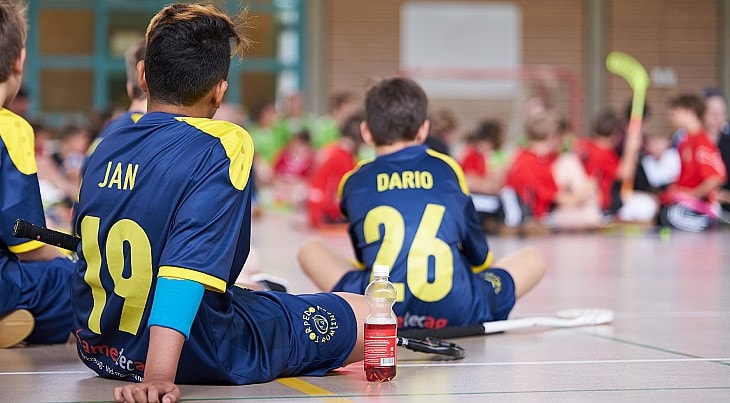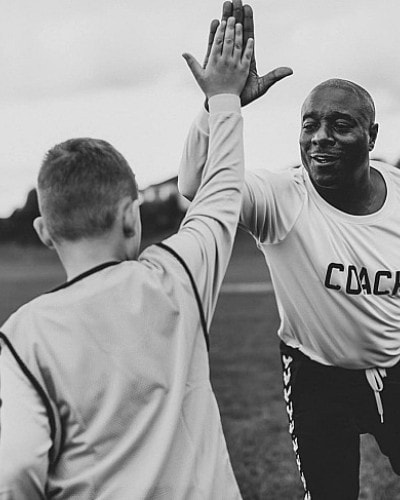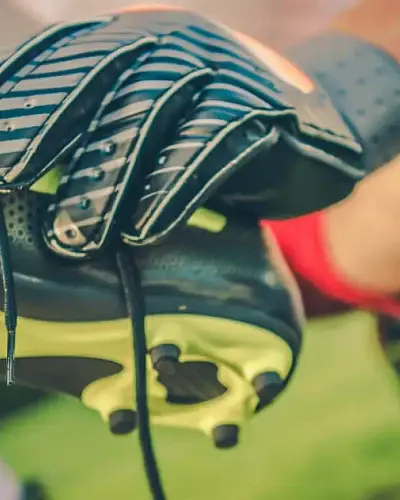Breaks in Sports: Why Are They So Important?
We all know and love them: breaks.
Just like in school, pauses in sports are a crucial part of training and competition. But why exactly are they so important?
Why Does the Body Need Breaks?
Every movement requires energy. When we exercise, our muscles contract and relax in response to signals from the brain. This process consumes energy, and after extended effort, our energy stores become depleted.
Without a break, fatigue sets in, and the body struggles to maintain performance. Breaks allow:
✔ Energy stores to replenish
✔ Muscle recovery and repair
✔ The nervous system to reset
Without adequate recovery, the risk of injury, exhaustion, and overtraining increases significantly.
Different Types of Breaks in Sports
1️⃣ Short-Term Recovery
Breaks between training sets help prepare for the next round of exertion.
2️⃣ Hydration Breaks
Essential to prevent dehydration and maintain endurance.
3️⃣ Breathing Breaks
Help the body regain oxygen levels after high-intensity activity.
4️⃣ Tactical Breaks
Used in sports like basketball timeouts to adjust strategies.
5️⃣ Social Breaks
Time to bond with teammates and maintain mental well-being.
6️⃣ Post-Workout Recovery
The most crucial phase—when the body repairs itself and adapts to training.
The Danger of Too Little Recovery: Overtraining
If the body doesn’t get enough rest, it enters a downward spiral known as overtraining. This can lead to:
❌ Chronic fatigue
❌ Weakened immune system
❌ Increased injury risk
❌ Declining performance
To prevent this, athletes must listen to their bodies and allow enough time for recovery.
Finding the Right Balance
✔ Experienced athletes recover faster, as their bodies adapt over time.
✔ Beginners may need longer recovery periods before resuming intense training.
✔ It's better to rest slightly too long than too little—but excessive rest can also slow progress.
For optimal performance, work closely with your coach, pay attention to your body’s signals, and fine-tune your recovery process. Breaks are not just a luxury—they are a necessity for sustained improvement and injury prevention.






